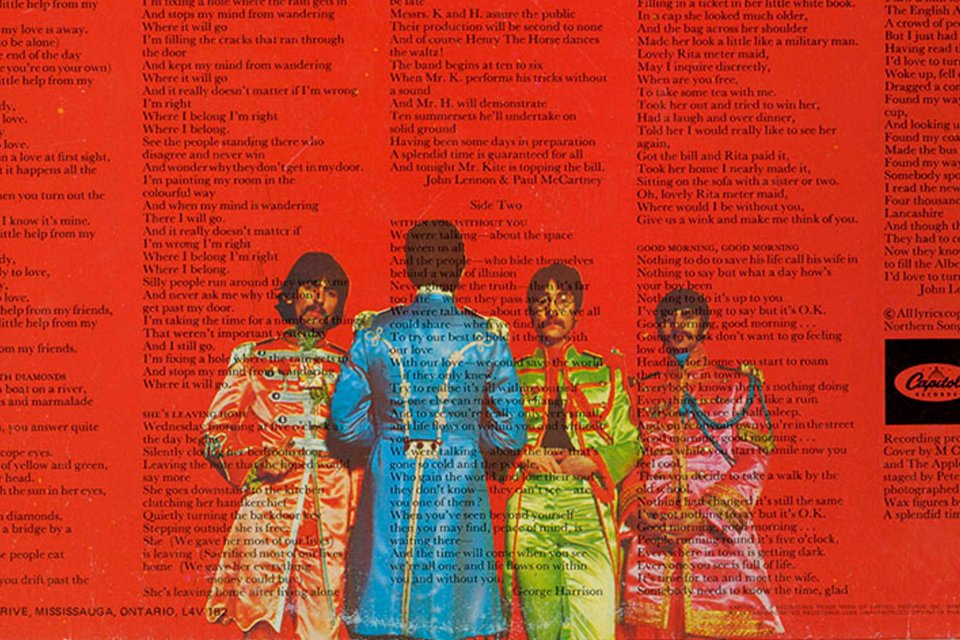
An old but catchy tune - Provost Pfannestiel examines the Beatles 'Paul is Dead' legend

It may seem like a strange question to put forth, but it’s one that, for years, had Beatles fans asking. And it’s been a passion of study for Beatles super-fan and pop culture aficionado Pfannestiel, who has presented the lecture “Paul is Dead: The Beatles’ Death Hoax in American Popular Culture” at over a dozen colleges and universities.
It was standing room only in the Willard Conference Room on the Utica College campus in early October, as Provost Todd Pfannestiel stood before the crowd to make them ponder a very serious and bizarre question - is Paul McCartney dead? Is the Paul McCartney we know a fake?
It may seem like a strange question to put forth, but it’s one that, for years, had Beatles fans asking. And it’s been a passion of study for Beatles super-fan and pop culture aficionado Pfannestiel, who has presented the lecture “Paul is Dead: The Beatles’ Death Hoax in American Popular Culture” at over a dozen colleges and universities.
The timing of the Nexus Seminar presentation was as coincidental as some of the evidence that led to the myth itself.
“The legend broke as a story almost 50 years ago to this day,” Pfannestiel told the crowd before carefully walking them through the events and puzzle pieces that led to the conspiracy theory.
Millions of fans began playing Beatles albums backwards and holding mirrors to the record sleeves to try and find new clues in the hopes of confirming their theories.
It all began in September 1969, when a student reporter at Drake University in Des Moines, Iowa published an article asking the question “Is Beatle Paul McCartney Dead?” The article found its roots in rumors circulating through the campus and supposed clues that fans were discovering “hidden” within Beatles albums, lyrics, and artwork. From there, like the proverbial telephone game, the stories spread like wildfire and within days, radio disc jockeys in Detroit and New York City began spreading the story, pointing to further album clues to support their claim that Paul McCartney had died three years earlier in a car crash and that the band had replaced him with a double.
Soon, fans around the world were captivated and millions began playing Beatles albums backwards and holding mirrors to the record sleeves to try and find new clues in the hopes of confirming their theories. The clues ranged from an illustrated album cover showing a car appearing on a collision course with a man’s head - a man that some believe looked like Paul. Or it could be the way specific lyrics that the Beatles each seem to be pointing to on the back of the Sgt. Pepper’s Lonely Hearts Club Band album cover.
Or it could all have been one big hoax that provided a lot of fun for amateur sleuths along the way.
The Beatles vehemently denied the stories, even for years following the band’s break-up. But that didn’t stop the questions from coming and the stories to continue long after the band’s dissolution.
If any evidence was needed of how captivating the story is, it’s the fact that it’s still being talked about fifty years later.
“It’s easier to accept the end [through such a conspiracy],” Pfannestiel says, “rather than the reality that your favorite band breaks up due to forces like management and contracts.”
More Stories


Big little sister

Local Organizations Give to Utica University’s Tangerine Group Food Pantry
I would like to see logins and resources for:
For a general list of frequently used logins, you can also visit our logins page.
